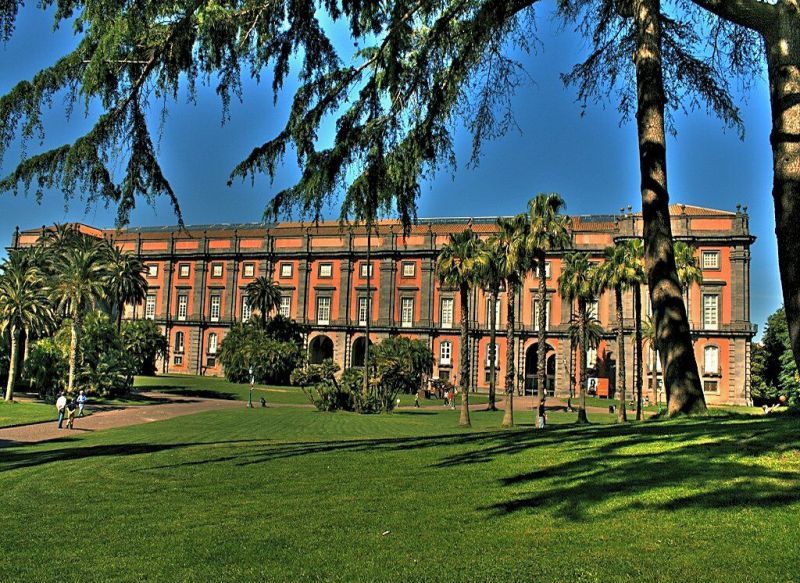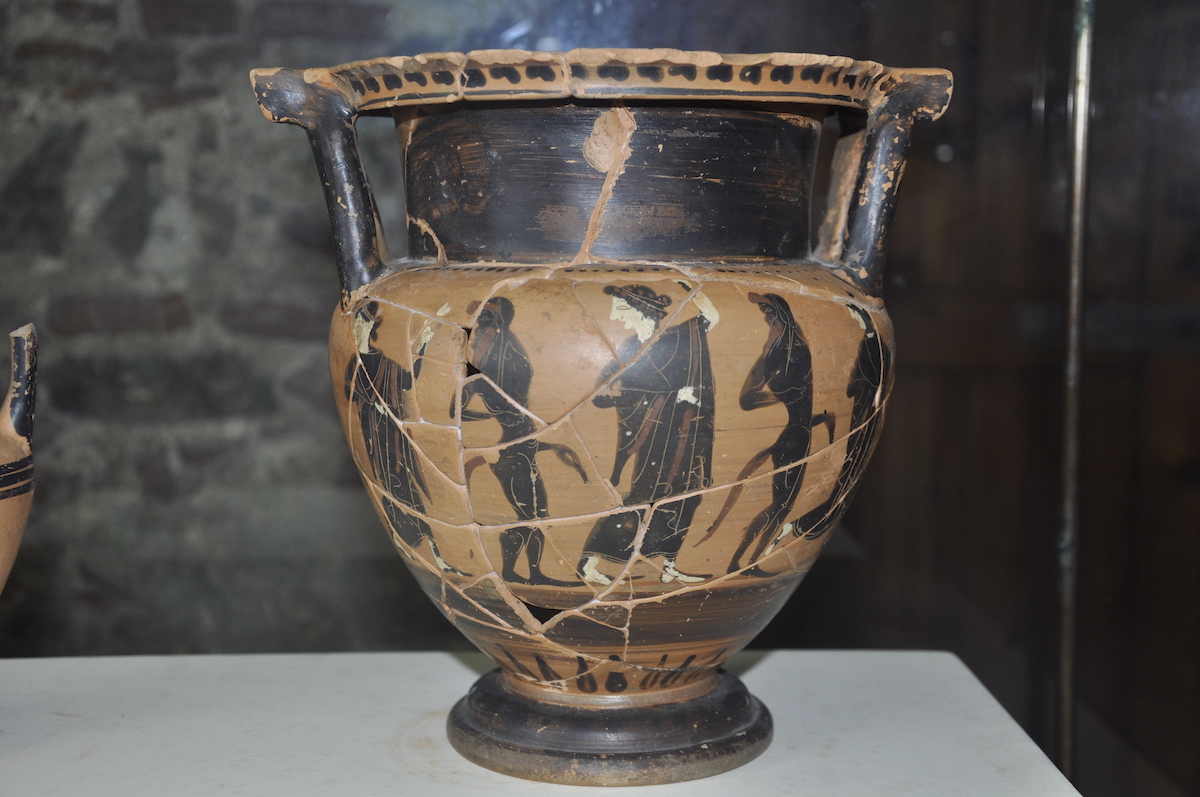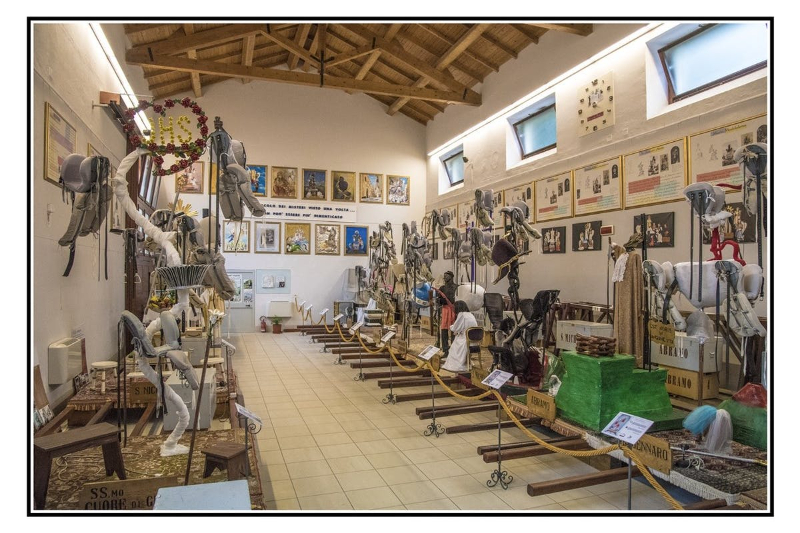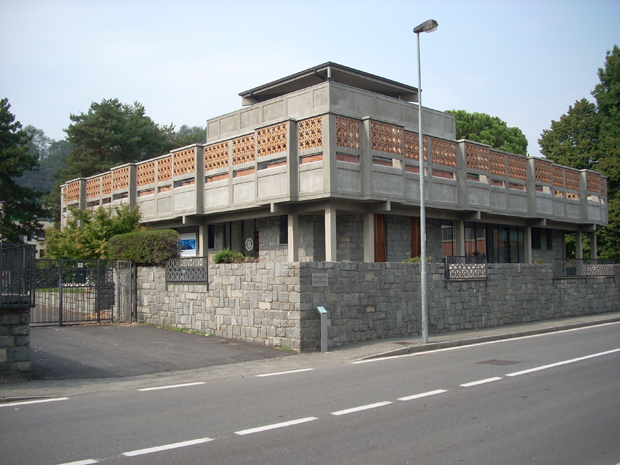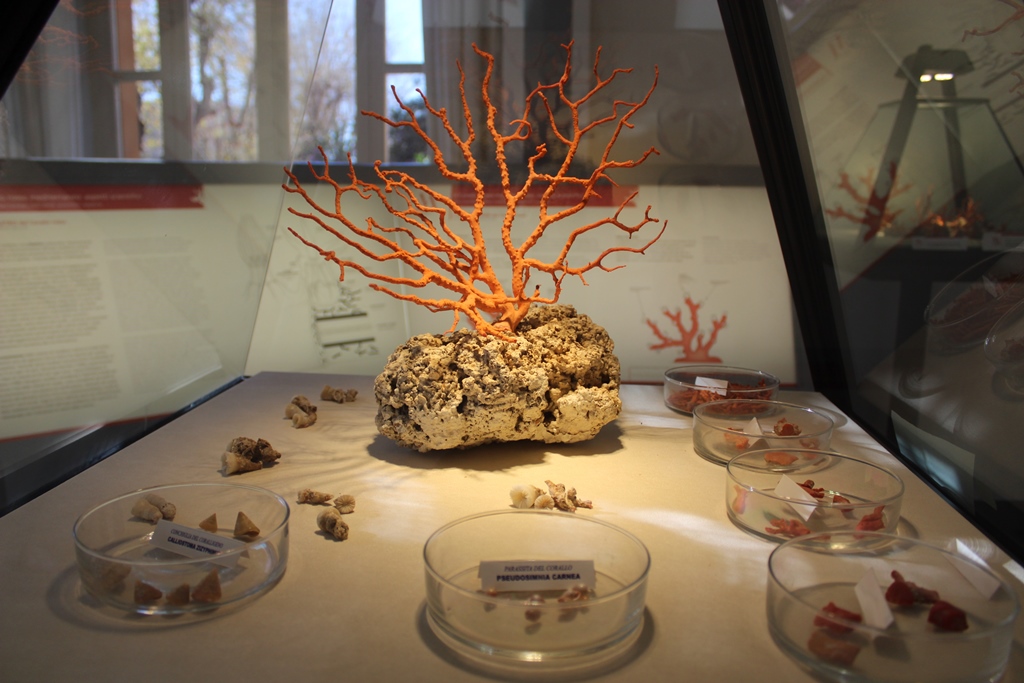There’è a picture that inevitably comes to mind when citing the Gospel parable of the blind man leading another blind man reported by Luke (VI,39) and Mark (XV,14): the work by Pieter Bruegel, preserved at the National Gallery of Capodimonte.
The figures of five men, walking in single file, each leaning on the one before him, cross from right to left the long rectangular canvas (86 x 154 cm) of “The Parable of the Blind” and dominate its composition.
A sixth man, the one who was at the head of the row, depicted on the far left, can only be glimpsed later: è he has fallen into a ditch and lies there with his hands stretched upward.
The one following him, who gives the viewer an unforgettable look made of orbs that have lost their eyes, is about to meet the same end. He holds a stick with which he guides the third of that row, with his gaze lost in nothingness, who by clinging to him, will inevitably follow him in his fall. The other three, also obviously blind, will also follow the same fate; è only a matter of a few steps and a few moments.
And this is one of the last pictures Bruegel painted (he completed it in 1568, a year before his death, which occurred when the artist was in medio aetatis flore) and è a splendid example of his attained maturity.
The attention to detail that had been of the young Bruegel, and that è of all Flemish painting before him, è is still evident, and his ability to render the grotesque of the human figure, which even in the sensibility of the general public associates him with Bosch, remains intact, but they are, the former as well as the latter, tempered by a different sensibility
